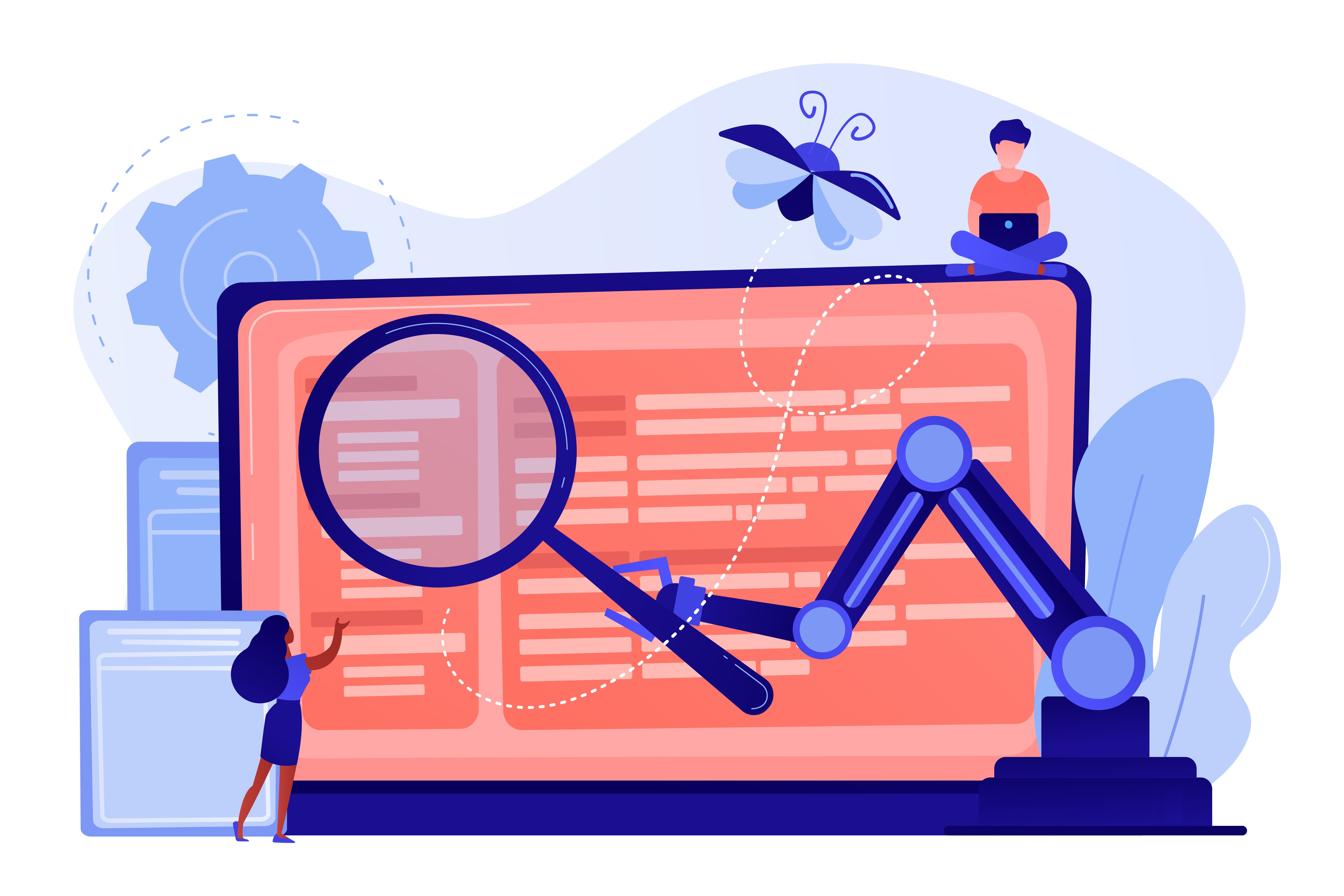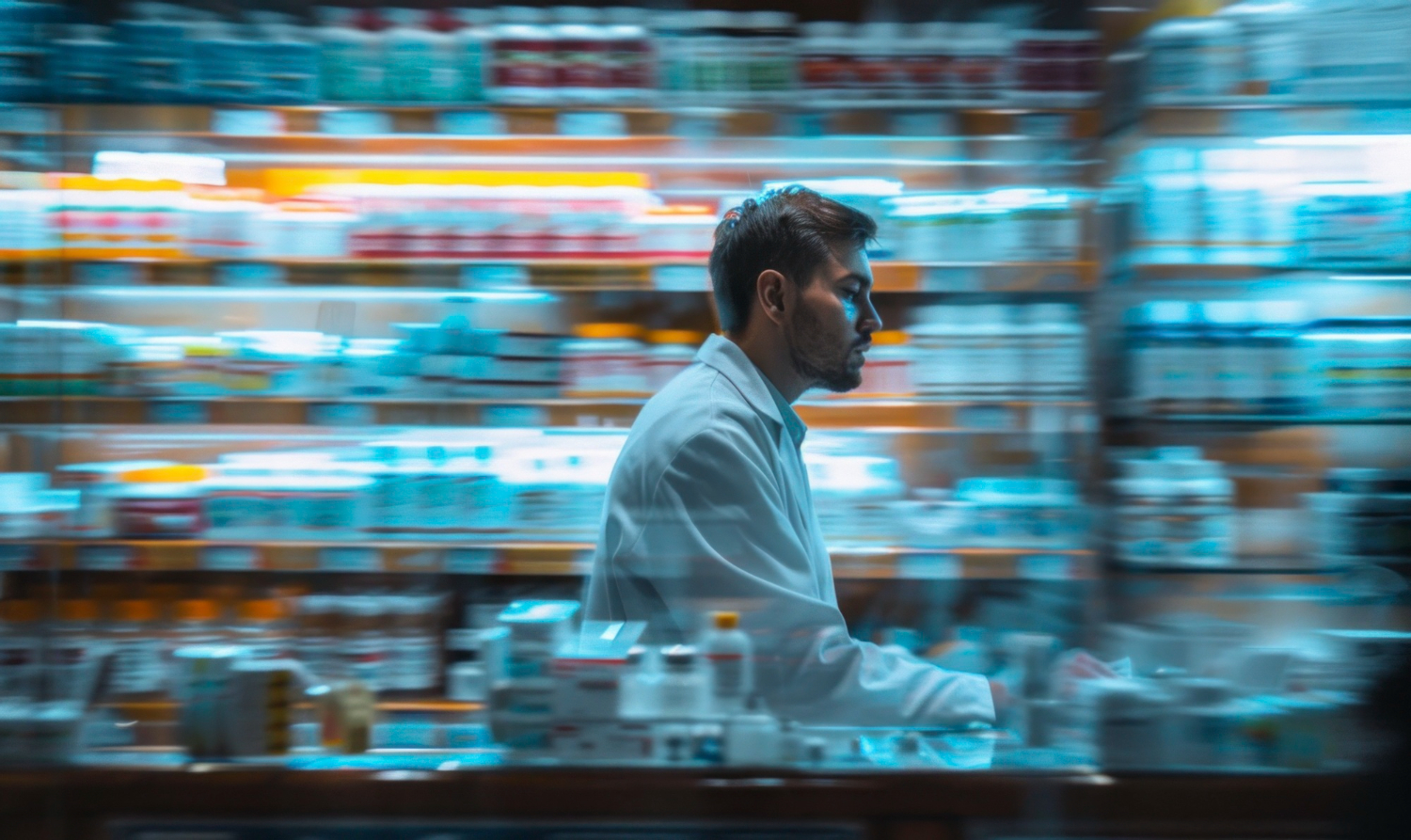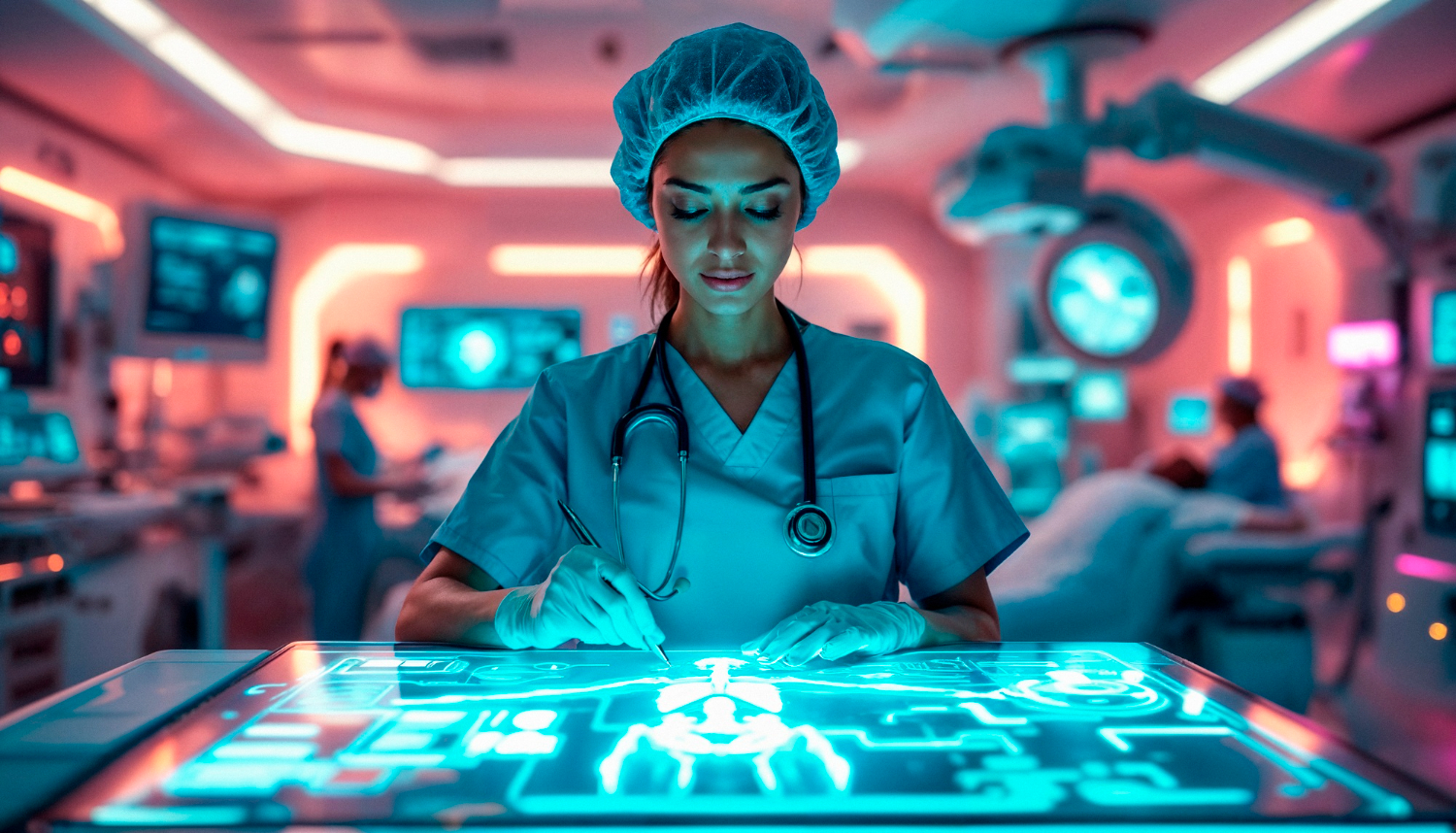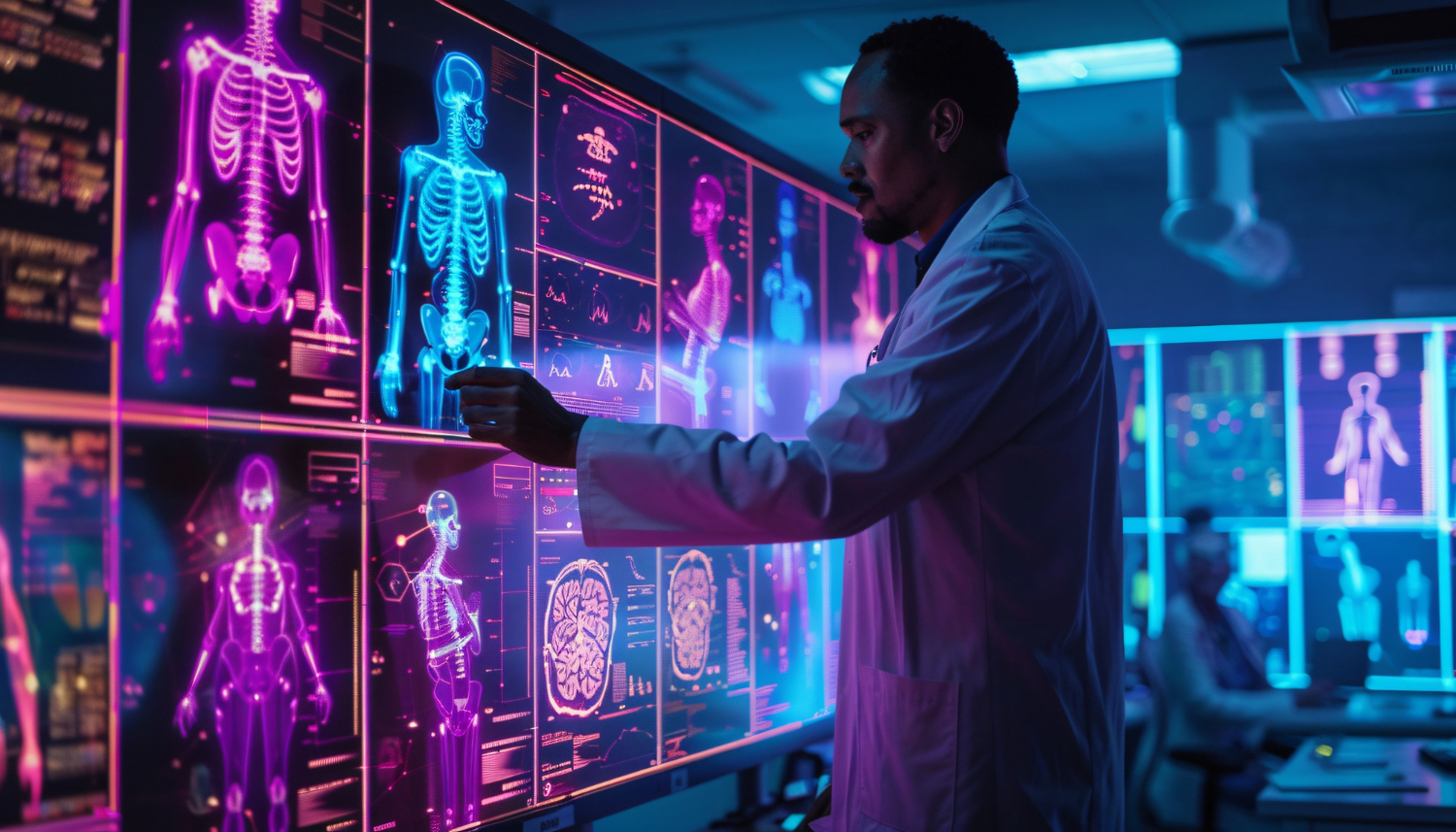Understanding AI Object Tracking Solutions and Application [2025]
AI-driven object tracking solutions are transforming various industries by leveraging advanced artificial intelligence techniques to monitor and analyse objects, individuals, vehicles, and behaviours in real-time. These systems integrate data from multiple sources, including cameras, sensors, GPS, and other cutting-edge technologies, to enhance accuracy, efficiency, and decision-making across diverse applications.
Why You Should Consider AI Tracking
AI tracking solutions pack a serious punch in terms of benefits:
-
Supercharged Efficiency: AI tracking can streamline a ton of processes. Think about things like finding lost items quickly or making sure your factory floor is running like a well-oiled machine.
-
Security Upgrade: These solutions can be your digital watchdog: Track potential threats and unauthorised access, and keep things safe and secure.
-
Smarter Decisions: The data that AI tracking collects is like a goldmine! It allows you to make informed decisions based on real-world patterns and trends.
Key Components of Tracking Solutions
AI tracking solutions rely on several core components working in tandem. First, data acquisition occurs through sensors, cameras, GPS, or other sources. Then comes data processing, where the collected information is cleaned, organised, and prepared for analysis. Powerful algorithms are the heart of AI tracking – they analyse the processed data, identify patterns, and generate insights. Finally, visualisation and interpretation tools present the results in a user-friendly format through dashboards, reports, or alerts, making it easy for humans to make informed decisions based on the AI’s findings.
AI Algorithms and Methods in Tracking Solutions
AI is revolutionising how we track things – whether it’s packages in a warehouse or wildlife movements. Let’s focus on the power of computer vision and some key algorithms:
Computer Vision and Object Tracking
Imagine your AI tracking solution as having digital eyes. Computer vision algorithms teach it to “see” and understand video footage. The goal is to pick out specific objects (people, cars, animals, etc.) and follow their movements over time. Below are some popular algorithms used for object tracking
-
Convolutional Neural Networks (CNNs): These are the superstars of image analysis. Think of CNNs as layered filters that learn to detect features of an object – shapes, edges, and textures.
-
YOLO (You Only Look Once) Algorithm: YOLO is super fast! It looks at an entire image in one go, dividing it into a grid. Each grid cell predicts what objects are present and their locations.
-
Deep SORT (Simple Online and Realtime Tracking) Algorithm: Deep SORT is great for busy environments. It helps keep track of multiple objects even if they disappear from view momentarily or get obscured.
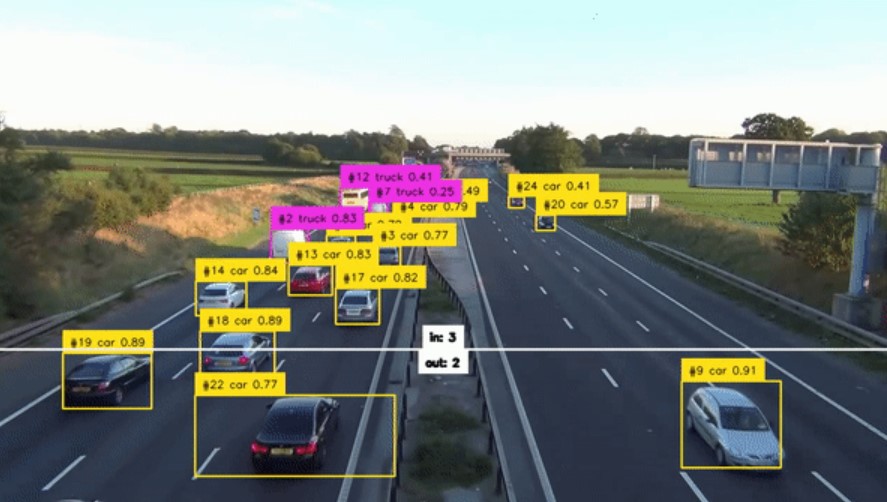
How to Use a Pre-trained YOLOv11 Model for Object Tracking.
Prerequisites
-
Basic familiarity with Python
-
Python environment setup with an IDE.
Using YOLO for object tracking involves the following steps:
- Install Libraries: First, you need to install the necessary libraries and set up YOLOv11 for AI object tracking:
# Install required libraries
pip install ultralytics, opencv
# Import necessary libraries in Python
From ultralytics import YOLO
Import cv2
- Initialise the YOLO Model: Begin by initialising the YOLO model. YOLO is a deep learning-based object detection algorithm that can detect, classify and track objects within an image.
model = YOLO('yolo11x.pt')
Object Detection: Use the YOLO model to detect objects in the first frame of the video or image sequence. YOLO divides the image into a grid and predicts bounding boxes and class probabilities for each grid cell.
- Assigning Source Data and Reading Frames from Video Source
cap = cv2.VideoCapture(0) # 0 for your webcam
# Read the first frame
ret, frame = cap.read()
cv2.VideoCapture: Initialises a video capture object.
0: Tell it to use your primary webcam. Change this if you have multiple cameras.
ret, frame = cap.read(): Reads a frame from the webcam. ret will be a boolean indicating if the read was successful and the frame holds the captured image.
- Frame-by-Frame Processing: Iterate through subsequent frames of the video or image sequence. For each frame:
a. Perform object detection using YOLO.
b. Match detected objects with existing tracks based on distance, appearance, and motion prediction.
c. Update object tracks with the new detections. This includes adjusting the position, size, and class label of existing tracks based on the new detections.
d. Create new tracks for objects that are not associated with existing tracks.
e. Drawing Labels and Annotations on Output
Generate output frames or sequences with annotated bounding boxes or tracks overlaid on the original video frames. This provides a visual representation of the tracked objects and their movements. Maintain tracks over time by updating their state based on new detections and track associations. This may involve handling occlusions, temporary disappearances, and reappearances of objects.
# Continue processing until the user presses 'q'
while ret:
# Run YOLOv11 tracking on the frame
results = model.track(source=frame, conf=0.3, iou=0.5, show=True)
# Draw bounding boxes and labels
for box, label in results.xyxyn[0]:
x1, y1 = int(box[0] * frame.shape[1]), int(box[1] * frame.shape[0])
x2, y2 = int(box[2] * frame.shape[1]), int(box[3] * frame.shape[0])
cv2.rectangle(frame, (x1, y1), (x2, y2), (0, 255, 0), 2)
cv2.putText(frame, label, (x1, y1 - 10), cv2.FONT_HERSHEY_SIMPLEX,
1, (255, 0, 0), 2, cv2.LINE_AA)
# Show the output frame
cv2.imshow('Object Tracking', frame)
# Exit loop on 'q' key press
if cv2.waitKey(1) & 0xFF == ord('q'):
break
# Read the next frame
ret, frame = cap.read()
# Release resources
cap.release()
cv2.destroyAllWindows()
results = model.track(): This line is the magic! YOLO analyses the frame and outputs the detected objects in the results variable.
Looping through detections: Iterates over each detected object in the results.
cv2.rectangle: Draws a green rectangle (color: (0,255,0)) around the object.
cv2.putText: Adds a text label with the object’s class name.
cv2.imshow: Displays the video with object detections.
cv2.waitKey(1): Waits for a keyboard press. If ‘q’ is pressed, the loop breaks.
cap. release(): Releases the webcam resource.
cv2.destroyAllWindows(): Cleans up OpenCV windows.
Location Tracking and Geospatial Analysis
GPS is a powerful tool by itself, but when you pair it with AI, magic happens! AI algorithms can analyse patterns in location data that would be hard for a human to spot. Here’s how it helps with asset monitoring:
-
Real-time Tracking: See where your assets (vehicles, equipment, etc.) are at any moment. Perfect for preventing theft and making sure things arrive on time.
-
Geofencing: Set virtual boundaries around specific areas. Get alerts if an asset leaves its designated zone unexpectedly.
-
Route Optimisation: AI can analyse traffic patterns and historical data to find the fastest, most efficient routes for your assets. This saves time and fuel!
-
Predictive Analytics: By studying past trends, AI can forecast potential delays or bottlenecks and help you proactively adjust plans.
Navigation in Mobility: Continuously optimising the delivery routes as the person is on his or her way for the highest efficiency level.
Let’s look at a specific example: AI optimising routes for delivery vehicles.
Scenario: You run a delivery company with a fleet of vehicles. Your goal is to make deliveries as efficiently as possible, avoiding traffic and minimising delays.
How AI Can Help in Navigation:
-
Real-time Tracking: GPS data streams the location of each delivery vehicle.
-
Traffic Analysis: AI, with the help of high-end computing, combines GPS data with real-time traffic information (road closures, accidents, etc.)
-
Route Optimisation: Using this data, sophisticated machine learning models constantly recalculate the best route for each vehicle, even on the fly.
-
Predictive Delays: ML models can look at historical traffic data for specific routes and times. It might predict a potential slowdown and proactively suggest an alternative path.
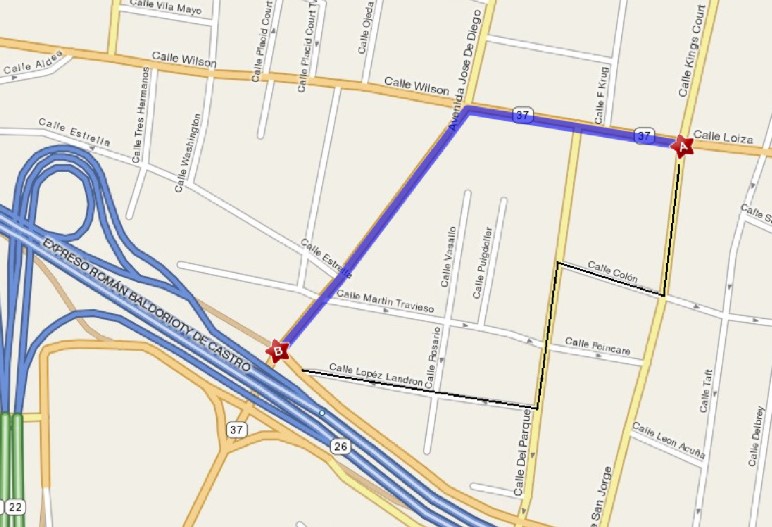
Real-World Applications of AI Tracking Solutions
Real-world applications of AI tracking solutions encompass a diverse array of industries and use cases. AI-powered tracking systems offer innovative solutions to real-world challenges, from optimising supply chain logistics to improving security. They not only streamline operations, but also boost efficiency, safety, and competitiveness in today’s fast-paced environment.
Security and Surveillance
AI is transforming security, beyond simple video recording to intelligent analysis. This is where video analytics comes in.
-
Facial Recognition: AI-powered facial recognition systems can match faces against databases of known individuals. This has applications in identifying wanted criminals, finding missing persons, and even streamlining passenger boarding.
-
Behaviour Analysis: AI can be trained to recognise suspicious behaviours. This could include detecting loitering in restricted areas, unusual crowd movements, or identifying someone leaving a bag unattended.
Read more: Facial Recognition in Computer Vision Explained
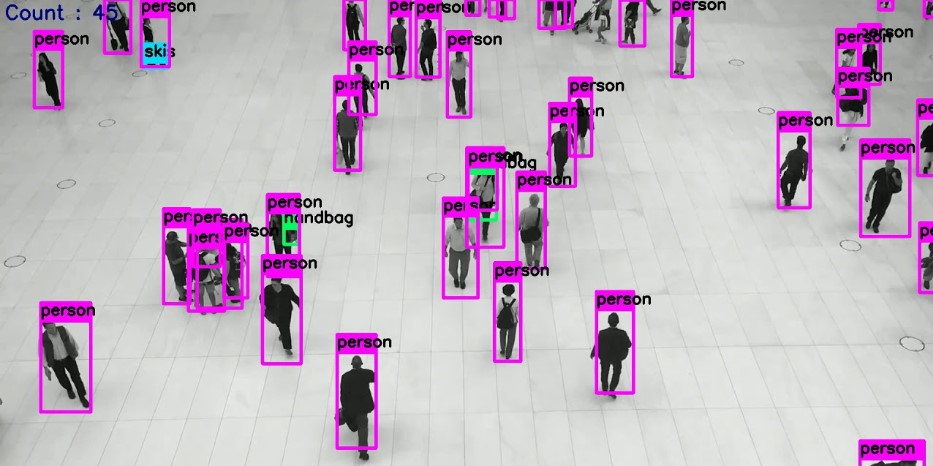
Threat Detection AI can analyse footage to detect potential weapons or dangerous objects with a precision that often exceeds human capability.
Airports are complex, high-traffic environments with elevated security needs. AI tracking offers significant benefits here:
-
Passenger Flow Analysis: AI can track people’s movement through security. This helps identify bottlenecks, optimise queueing systems, and reduce passenger wait times.
-
Threat Detection: Advanced video analytics detect suspicious packages, individuals displaying unusual behaviour in restricted zones, or potential security breaches on the perimeter.
-
Perimeter Security: AI-powered cameras can monitor vast airport perimeters, detecting intrusions and raising alerts for immediate security response.
-
Facial Recognition for Boarding: Imagine streamlining boarding with facial recognition, matching passengers instantly to their flight information. This could increase efficiency and reduce congestion.
Check out more details about AI in Aviation!
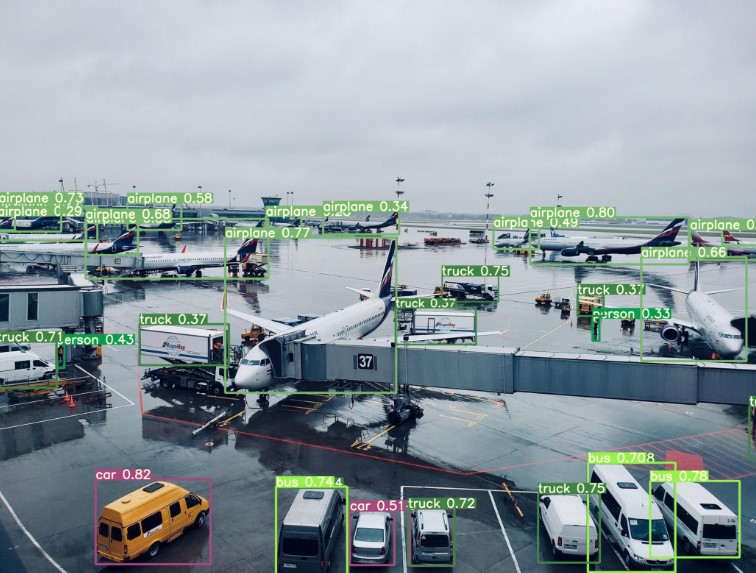
The Future of AI in Security
AI tracking solutions in security are evolving rapidly. We can expect even more sophisticated systems that integrate with other technologies like drones and biometrics, offering a multi-layered approach to keeping people and assets safe.
Inventory Management: AI Takes the Helm
AI is a game-changer for companies dealing with physical inventory. Here’s how it streamlines things:
-
Real-time Inventory Tracking: AI can integrate with various sensors, RFID tags, and barcode scanners to monitor inventory levels constantly. No more manual stock-taking or outdated records – you always know what’s on hand.
-
Demand Forecasting: AI algorithms are brilliant at analysing historical sales data, market trends, seasonality, and even external factors like weather patterns. This leads to super accurate predictions about what products will be in demand and when.
-
Automated Reordering: Say goodbye to stockouts and excess inventory! AI systems can be set up to automatically place orders when stock levels fall below a certain threshold. You can even factor in lead times and supplier performance to ensure everything runs smoothly.
-
Stockout Prevention: Because AI can predict demand surges, you’ll be warned about potential stockouts. This gives you time to either ramp up production, find alternative suppliers, or alert customers about potential delays.
-
Optimised Warehouse Layout: AI can analyse inventory movements within the warehouse. This can lead to insights on how to rearrange products for faster picking, reduce travel time for employees, and maximise your storage space.
Benefits in a Nutshell
-
Reduced Costs: No more overstocking that ties up your money or stockouts that lead to lost sales.
-
Improved Efficiency: Automation takes care of many tedious inventory tasks, freeing up your staff for more valuable work.
-
Enhanced Customer Satisfaction: Always having the right products in stock makes for happy customers and repeat business.
Read more: Computer Vision for Quality Control in Manufacturing
Let’s Get Practical
Imagine you run a retail store. An AI-powered inventory management system could:
-
Track each item sold through your point-of-sale (POS) system.
-
Compare sales data to current stock levels.
-
Predict when you’ll need to restock specific items based on sales trends.
-
Automatically send a purchase order to your preferred supplier.
AI is getting even smarter! Expect systems to incorporate things like computer vision for automatic shelf audits and integration with drone technology for hard-to-reach inventory locations.
AI Object Tracking in the Maritime Sector:
While still in its early phases, AI holds the key to self-navigating ships. This involves:
-
Obstacle Detection and Collision Avoidance: AI-powered vision systems ensure safe navigation in busy waterways.
-
Autonomous Docking and Manoeuvring: AI algorithms enabling precision docking, reducing dependence on human assistance.
Read more: Innovative AI Solutions for Maritime Transportation Systems
Object tracking with AI in Manufacturing:
Object tracking in manufacturing using computer vision improves efficiency and quality control by enabling real-time monitoring of production processes and identifying defects or anomalies in products. Read more about the use of Computer Vision in Manufacturing
Read more: Computer Vision, Robotics, and Autonomous Systems
What we can offer as TechnoLynx
At TechnoLynx, we’re at the forefront of AI object-tracking solutions, leveraging our expertise in AI, GPU programming, IoT edge computing, computer vision, and NLP. We understand each business has unique requirements. That’s why we offer customised AI object-tracking solutions tailored to your specific industry, workflow, and goals. Whether you’re looking to improve inventory management, enhance security, or optimise logistics, TechnoLynx has the expertise to deliver innovative solutions that drive results.
Conclusion
AI tracking solutions are poised to revolutionise the way we monitor, analyse, and optimise processes across industries. Here’s what you need to remember:
-
Data is the Fuel: AI tracking gathers an unprecedented amount of data. This data becomes the foundation for smarter decision-making.
-
Efficiency and Optimisation: AI tracking identifies bottlenecks, streamlines workflows, and helps businesses reduce costs while maximising resources – whether those resources are physical inventory, vehicles, or even employee time.
-
Uncovering Hidden Patterns: AI can reveal trends and insights within data that would remain unseen with traditional methods.
-
Safety and Security: From identifying potential threats to monitoring critical infrastructure, AI-powered tracking enhances the safety and security of people and assets.
-
The Future is Smart: AI tracking will be a cornerstone of smart cities, smart factories, and homes. It will enable environments that respond to our needs, minimise waste, and improve quality of life.
The adoption of AI tracking solutions is still in its early stages, but the potential is enormous. As AI algorithms continue to evolve and technology becomes more accessible, businesses and industries that embrace these solutions stand to gain a significant competitive advantage in the years to come.
References
-
Boesch, G. (2022, August 4). The Top 10 Applications of Computer Vision in Aviation. Viso.ai
-
Crowd counting. (n.d.). Youtube
-
Freepik. (n.d.). VectorJuice
-
Jocher, G., Qiu, J., & Chaurasia, A. (2023). Ultralytics YOLO (Version 8.0.0) Computer software
-
J. L. Duffany, “Artificial intelligence in GPS navigation systems,” 2010 2nd International Conference on Software Technology and Engineering, San Juan, PR, USA, 2010, pp. V1-382-V1-387, doi: 10.1109/ICSTE.2010.5608862.
-
Saxena, A. (2023, November 7). Object Tracking: Object detection + Tracking using ByteTrack. NeST Digital

